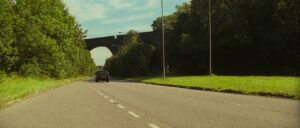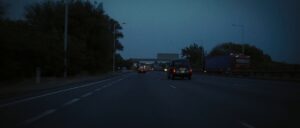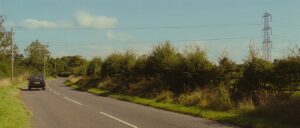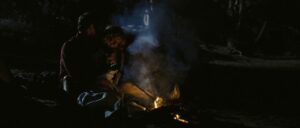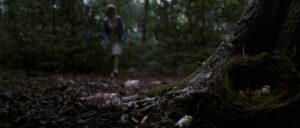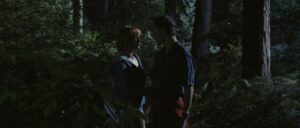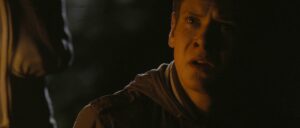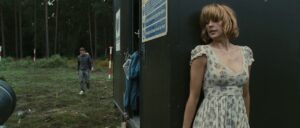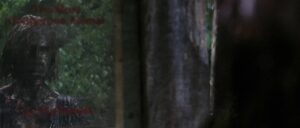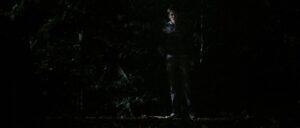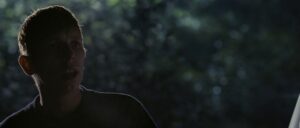
James Watkins’ Eden Lake is a psychological gut punch. A slow burn descent into the kind of violence that doesn’t come from monsters or ghosts, but from people. Real people. Kids, even. And that’s what makes it terrifying.
Released in 2008, Eden Lake came at a time when Britain was gripped by fears of “Broken Britain”, a term used to describe rising youth crime, gang violence, and a perceived breakdown of social order. The film taps into these anxieties, presenting a narrative where a middle class couple, Jenny and Steve, find themselves terrorized by a group of local youths during a weekend getaway. But beyond the surface level horror, Eden Lake shows themes of conformity, class tension, and the psychological mechanisms that drive individuals to commit unspeakable acts.

The Psychology of Fear and Conformity
At its core, Eden Lake explores how fear can be weaponized and how conformity can lead individuals to participate in acts they might otherwise find reprehensible. The gang of youths, led by the sadistic Brett, operates under a strict code of obedience. When Steve is captured, Brett coerces each member of the group to stab him, ensuring collective guilt and complicity. This act isn’t just about violence; it’s about control, dominance, and the erasure of individual moral judgment in favor of group cohesion. This dynamic mirrors real world psychological phenomena, such as the Asch conformity experiments and the Stanford prison experiment, where individuals conform to group norms even when they conflict with personal morals. In Eden Lake, the fear of ostracization and the desire to belong drive the youths to commit atrocities, highlighting the dangerous power of peer pressure.
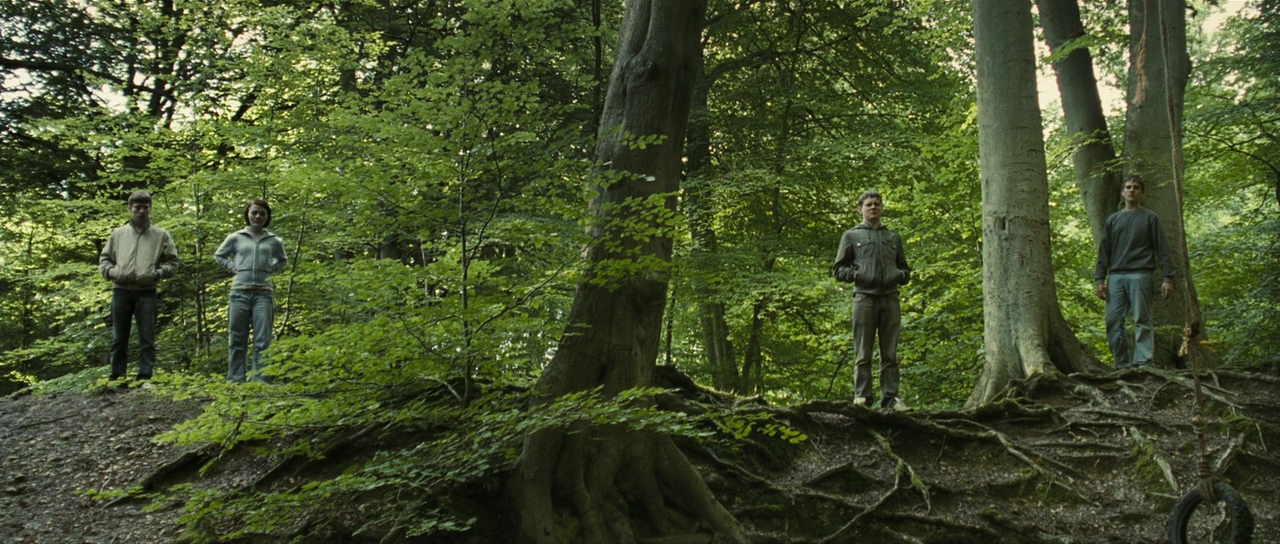
Class Tension and Societal Breakdown
Eden Lake doesn’t shy away from addressing class tensions. Jenny and Steve, portrayed as middle class professionals, venture into a working class area, bringing with them implicit biases and a sense of superiority. Their interactions with the local youths are tinged with condescension, and their disregard for the “Keep Out” signs symbolizes a broader intrusion into spaces they don’t understand or respect. The film critiques not just the violent youths but also the societal structures that fail them. Brett’s behavior is a reflection of his upbringing, with a father who is equally, if not more, violent and controlling. This cycle of violence and neglect underscores the idea that societal decay isn’t confined to one class but is a pervasive issue that affects all levels of society.
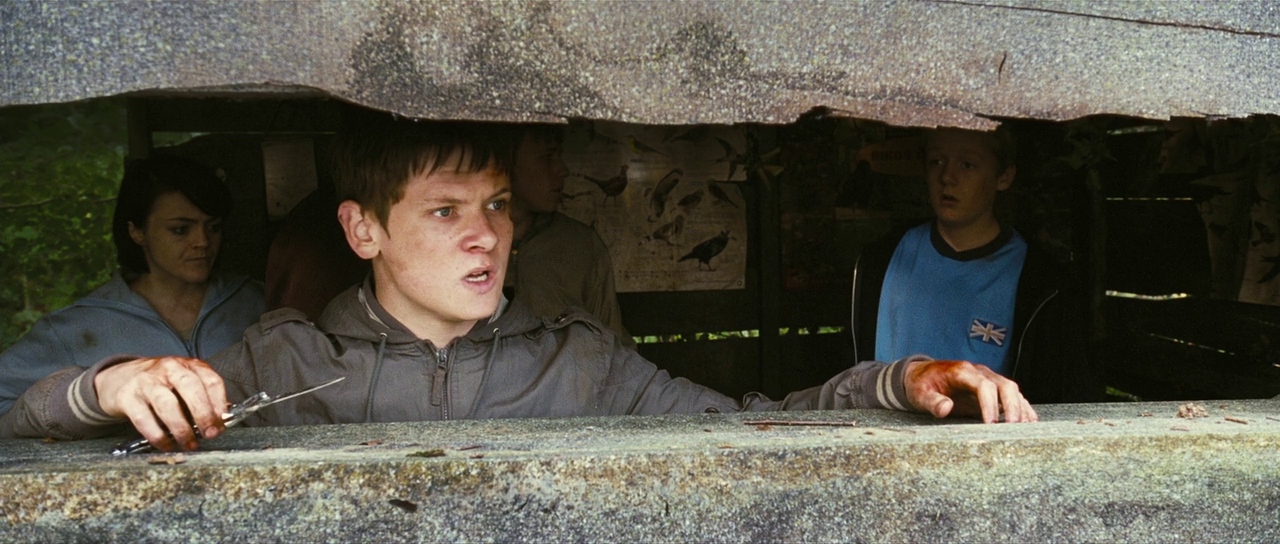
The Role of Nature and Isolation
The setting of Eden Lake plays a crucial role in the psychological unraveling of its characters. The secluded forest becomes a character in itself, a place where societal norms break down, and primal instincts take over. As Jenny navigates the wilderness, she undergoes a transformation, shedding her civilized demeanor and embracing a more feral, survivalist persona. This metamorphosis is emblematic of the thin veneer of civilization and how quickly it can erode under duress.
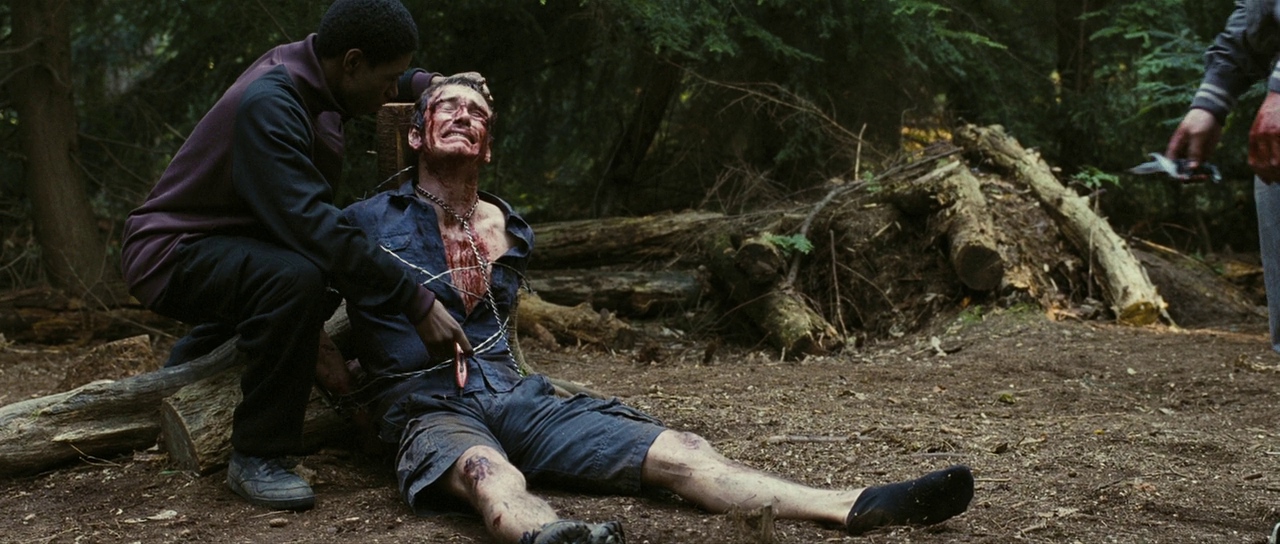
The Ambiguity of Evil
One of the most unsettling aspects of Eden Lake is its refusal to provide clear cut villains and heroes. While the youths’ actions are undeniably horrific, the film focuses on the factors that contribute to their behavior, abusive households, lack of guidance, and societal neglect. Similarly, Jenny and Steve’s decisions, driven by fear and desperation, blur the lines between victim and perpetrator. This ambiguity forces viewers to confront uncomfortable questions about morality, culpability, and the societal structures that shape behavior. It’s a stark reminder that evil isn’t always a monstrous other; sometimes, it’s a reflection of ourselves and the world we’ve built.





